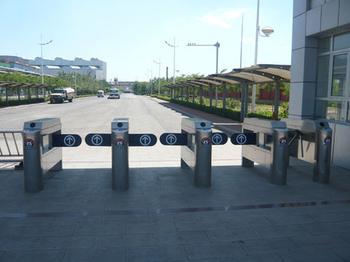
Privacy statement: Your privacy is very important to Us. Our company promises not to disclose your personal information to any external company with out your explicit permission.
86-0769-39020536
 According to statistics, the market size of domestic access control systems in 2013 is expected to reach 3.3 billion yuan, becoming the "three pillars" of security systems that stand side by side with burglar alarm systems and video surveillance systems. In the 100 or more major projects, Chinese companies can only share about 1/4 of the market. Recently, with the application of NFC technology, the access control system has entered a higher level.
According to statistics, the market size of domestic access control systems in 2013 is expected to reach 3.3 billion yuan, becoming the "three pillars" of security systems that stand side by side with burglar alarm systems and video surveillance systems. In the 100 or more major projects, Chinese companies can only share about 1/4 of the market. Recently, with the application of NFC technology, the access control system has entered a higher level. March 08, 2024
Gửi email cho nhà cung cấp này
March 08, 2024

Privacy statement: Your privacy is very important to Us. Our company promises not to disclose your personal information to any external company with out your explicit permission.

Fill in more information so that we can get in touch with you faster
Privacy statement: Your privacy is very important to Us. Our company promises not to disclose your personal information to any external company with out your explicit permission.